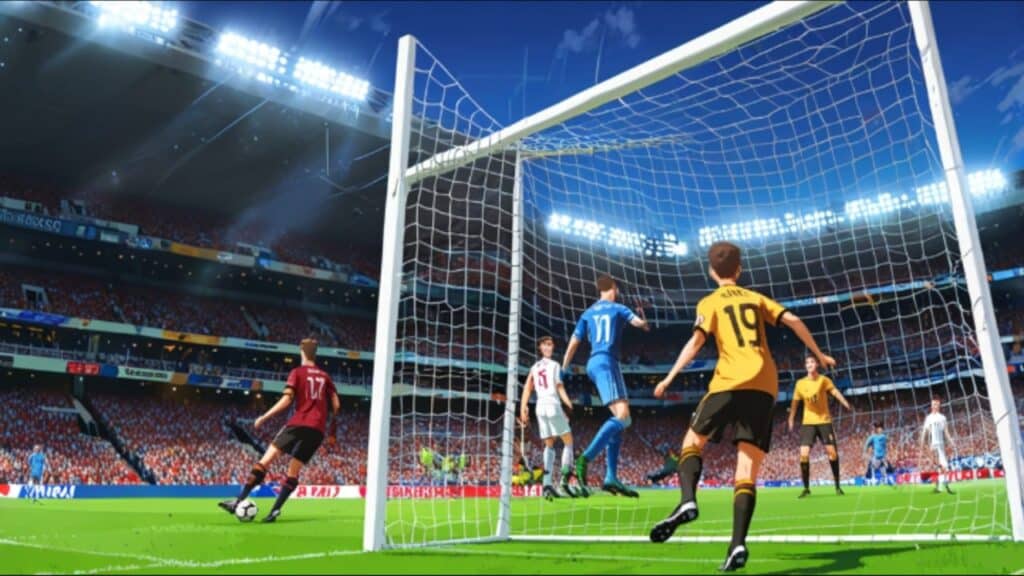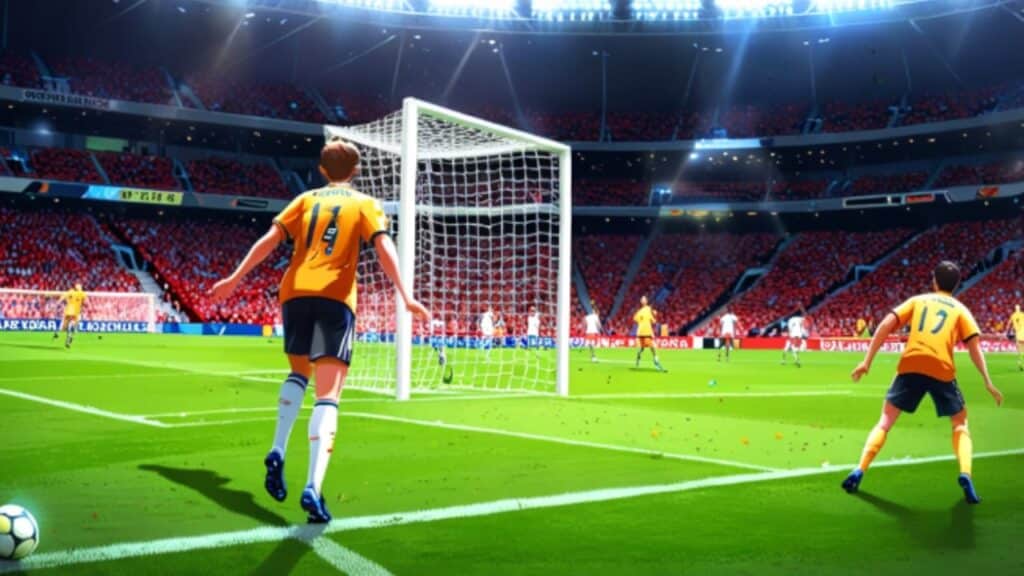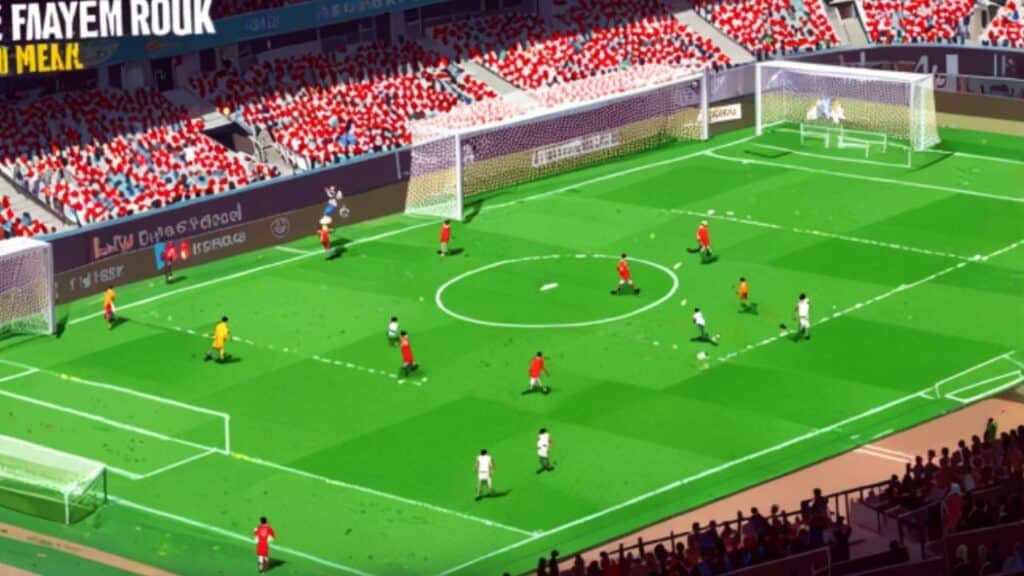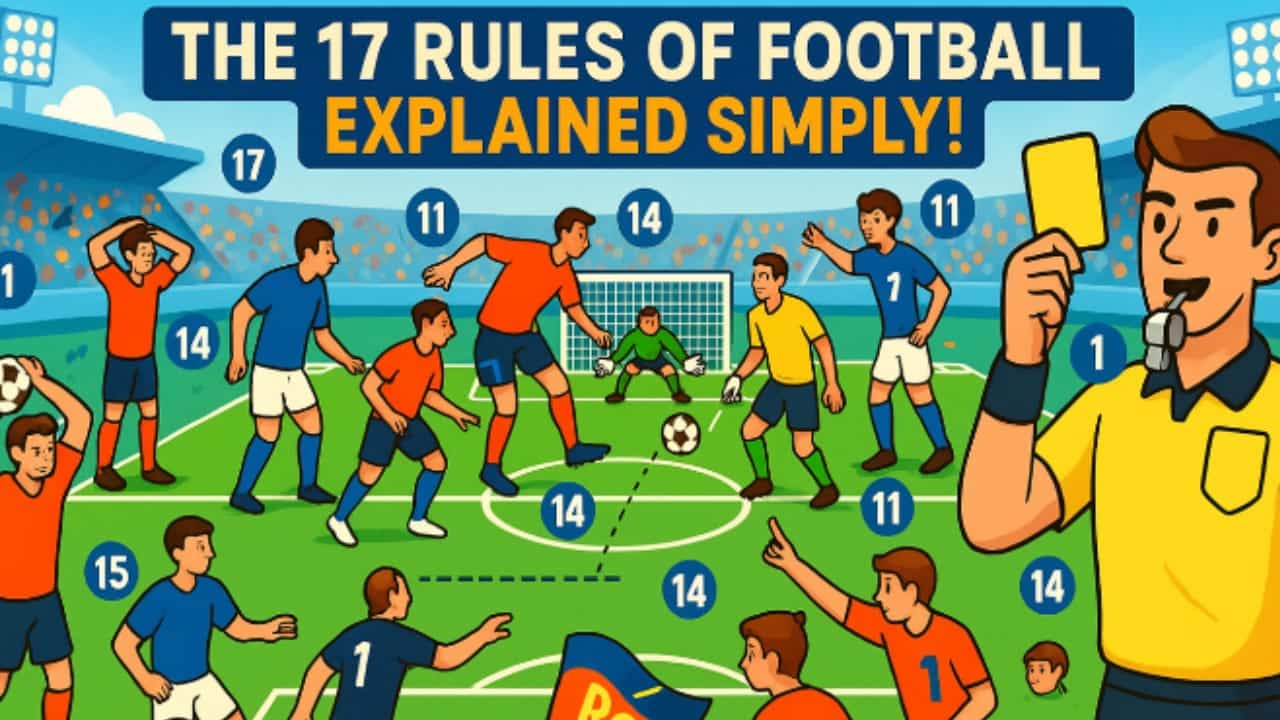Football is more than just kicking a ball—it’s a game of skill, strategy, and strict rules.
Whether you’re a player, a fan, or just curious, knowing the 17 rules of football will make the game even more exciting for you!
In this article, we’ll break down each rule in super simple words—no confusing terms, just clear explanations.
You’ll learn:
✅ How offside works (no more confusion!)
✅ What makes a foul a red card offence
✅ Why can’t the goalkeeper pick up every back pass
✅ And much more!
By the end, you’ll watch football like a pro, spotting every penalty, free kick, and sneaky offside trap. Ready to become a football rules expert? Let’s kick off!
You can join us on our Telegram Channel and YouTube Channels for more updates.
17 Rules of Football

Football is one of the most loved sports in the world.
People of all ages enjoy watching and playing it.
The game is full of excitement, skills, and teamwork.
But to keep the game fair and fun for everyone, there are some important rules that players must follow.
These rules are called “The 17 Laws of the Game.”
They help make sure that every match is played correctly and safely.
Read out – Man United Transfer News: Mbeumo Deal CLOSE? Latest Bid Details REVEALED
1. The Football Field (Field of Play)
The football field must be a rectangle with clear markings. Here’s what it includes:
- Length: Between 100-110 meters for big matches.
- Width: Between 64-75 meters.
- Goal Area: A small box near the goal where the goalkeeper can use their hands.
- Penalty Area: A bigger box where fouls can lead to penalty kicks.
- Centre Circle: Where the game starts at kick-off.
The field must be flat and safe for players.
2. The Football (The Ball)
The ball used in football must be:
- Round and made of leather or similar material.
- Size: Between 68-70 cm in circumference.
- Weight: Around 410-450 grams.
- Properly inflated (not too hard or too soft).
Different age groups may use slightly different-sized balls.
3. Number of Players
- Each team has 11 players, including 1 goalkeeper.
- A match cannot continue if a team has fewer than 7 players.
- Teams can make 3-5 substitutions (player changes) depending on the competition rules.
4. Players’ Equipment
Players must wear:
- A jersey (shirt) with a number.
- Shorts.
- Socks that cover shin guards.
- Football shoes (cleats).
- Shin guards protect their legs.
Players cannot wear jewellery (like chains or rings) as it can be dangerous.
Read out – Real Madrid Transfer News LIVE: Big Exits, Shock Signings & Future Stars Revealed!
5. The Referee (The Main Official)
The referee is like the judge of the game. Their job includes:
- Starting and stopping the match.
- Giving yellow cards (warnings) and red cards (sending players off).
- Deciding if a goal is valid.
- Calling fouls and penalties.
Players must listen to the referee’s decisions.
6. Other Match Officials
Besides the referee, there are other officials:
- Assistant Referees (Linesmen): They check offside and throw-ins.
- Fourth Official: Helps with substitutions and timekeeping.
- VAR (Video Assistant Referee): Uses video replays to help the referee make correct decisions.
7. Duration of the Match
A football match has:
- Two halves of 45 minutes each (total 90 minutes).
- A 15-minute break (halftime) between halves.
- Added time (stoppage time) if there are delays (like injuries).
- Extra time (30 minutes) in knockout matches if the game is tied.
- Penalty shootout if the game is still tied after extra time.
8. Starting and Restarting the Game
- Kick-off: The game starts with a kick from the centre circle.
- Goal kick: When the ball goes out behind the goal (last touched by the attacking team).
- Drop ball: If the game stops for an unusual reason (like an injury), the referee drops the ball to restart.
9. Ball In and Out of Play
The ball is out of play when:
- It fully crosses the sideline (touchline) or goal line.
- The referee stops the game for a foul or injury.
Otherwise, the ball is still in play, even if it bounces near the line.
Read out – Rodrygo to Arsenal or Chelsea? Rodrygo Commits to Real Madrid – Here’s Why
10. How to Score a Goal
A goal is scored when:
- The whole ball crosses the goal line between the goalposts and under the crossbar.
- It must be a legal goal (no fouls or handballs involved).
The team with the most goals at the end wins!
11. Offside Rule (One of the Trickiest Rules!)
A player is offside if:
- They are nearer to the opponent’s goal than the ball and the second-last defender (usually the last outfield player) when the ball is passed to them.
- A player has to be beyond 1 player of the opponent’s team if he has to make it onside.
- If the player wants to be onside, then there must be some part of the body of the opponent team in front of that player.
Exceptions (When Offside Doesn’t Count):
- If the player is in their own half.
- During throw-ins, goal kicks, and corner kicks.
12. Fouls and Misconduct
Players can get punished for:
- Dangerous tackles (kicking, tripping, pushing).
- Handball (touching the ball with hands or arms, except the goalkeeper in their area).
- Bad behaviour (arguing with the referee, wasting time).
Punishments:
- Free kick or penalty for the other team.
- Yellow card (warning).
- Red card (sent off the field).
13. Free Kicks (Two Types)
- Direct Free Kick: Can score directly from the kick (given for serious fouls).
- Indirect Free Kick: Must pass to another player before scoring (given for minor fouls).
14. Penalty Kick
A penalty is given when:
- A foul happens inside the penalty box.
- The ball is placed 11 meters (12 yards) from the goal.
- Only the goalkeeper can try to save it.
Read out – Kevin De Bruyne Transfer News: Aston Villa in Shock Move as MLS & Saudi Clubs Circle
15. Throw-In
When the ball goes out on the sidelines, the team that didn’t touch it last gets a throw-in.
- The player must use both hands.
- Both feet must stay on the ground.
16. Goal Kick
If the attacking team kicks the ball out behind the goal, the defending team gets a goal kick.
- The goalkeeper or a defender kicks it from the goal area.
17. Corner Kick
If the defending team kicks the ball out behind their own goal, the attacking team gets a corner kick.
- The ball is placed in the corner arc and kicked into play.
Exceptions to Football Rules

Some rules have exceptions to keep the game smooth:
- Offside Rule: Doesn’t apply in some cases (like throw-ins).
- Penalty Kick: Goalkeeper must keep at least one foot on the line.
- Handball: Accidental touches are sometimes allowed.
How Football Rules Have Changed Over Time

Football rules keep improving to make the game fairer and more exciting:
- Penalty Kick (1891): Introduced to stop fouls near the goal.
- Goalkeeper Rules (1912): Keepers can only use their hands in their own box.
- Back-Pass Rule (1992): Goalkeepers can’t pick up passes from teammates (to stop time-wasting).
- VAR (2018): Video reviews help referees make better decisions.
How Technology Helps in Football

Modern technology makes football fairer:
- Goal-Line Technology: Tells if the ball fully crossed the line.
- VAR (Video Assistant Referee): Checks goals, penalties, and red cards.
- Better Referee Communication: Helps avoid mistakes.
Final Thoughts
Football’s 17 rules keep the game organised, fair, and fun. From the field size to penalty kicks, every rule has a purpose. Over time, these rules have changed to make football even better.
Whether you’re a player or a fan, understanding these rules helps you enjoy the game even more!
So, next time you watch a match, see if you can spot these rules in action. Happy playing!
